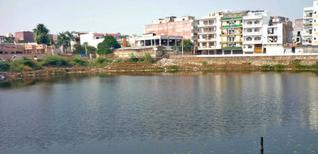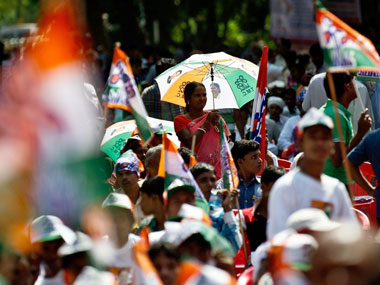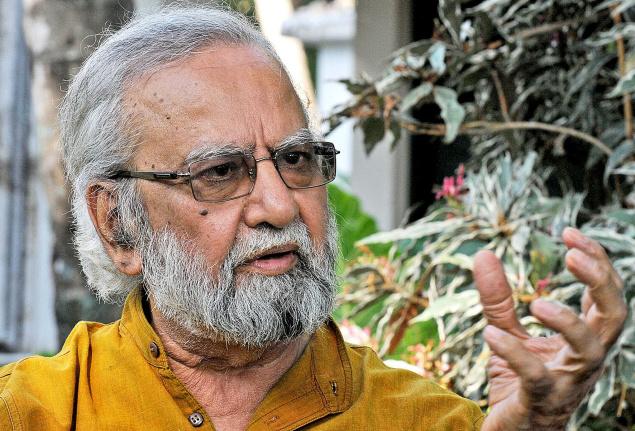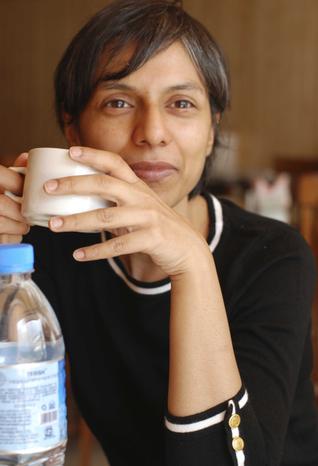Humayuns Tomb made news in 2010 when US President Barack Obama and wife Michelle were photographed here,staring at the monuments majestic elegance. On Thursday,the World Heritage Day,the Humayuns Tomb complex will return to make news again to announce the unveiling of its most attractive structure,Isa Khans Tomb,after a two-year-long restoration.
Isa Khans Tomb,part of UNESCO World Heritage Site of Humayuns Tomb,has a dome that resembles a plump inverted flower. But time and state negligence had robbed this flower of its beauty and fragrance. A 27-month-long conservation drive has attempted to infuse that lost beauty back into the tomb.
The restoration drive was jointly funded and undertaken by the Aga Khan Trust for Culture and the World Monuments Foundation,with help from the Archeological Survey of India. The project is part of a larger urban renewal project in Delhi that includes 50 monuments.
On Thursday,Union Minister for Culture Chandresh Kumari Katoch will open Isa Khans Tomb to the public. Almost 2,000 school children will be taken there for a heritage walk and design workshops.
Isa Khan was a noble in the court of Sher Shah Suri in the 16th Century. Suri ruled Delhi between the reigns of Humayun and Akbar.
Isa Khans Tomb is a resplendent example of the concept of a garden tomb,which pervaded that era. It combines the garden and the grave,symbolic of life and death.
This tomb is the only historical monument in India which has been restored by a non-government body. A key official of the restoration project said other than returning the mausoleum its lost glory,the project has also successfully achieved its objective of imparting knowledge of traditional architecture and design to the craftsmen who worked on it.
We got them trained in making tiles in the Central Asian style,where the Mughal and Suri dynasties originated, he said.
Today,the Mughals are primarily associated with their taste for rich architecture the Indo-Persian school of architecture. But their love for fruity and floral plantations was legendary. Mughal monuments were designed in the centre of gardens primarily consisting citrus plantations. That same refreshing,tangy citrus scent will burst into the precincts of Isa Khans garden tomb again now with the generous re-plantation of this genus.
When restoration was underway in 2011 at this garden tomb,serendipity visited the project team. The monument suddenly had Indias oldest sunken garden. The official said,The idea was to align the tree top-level with the eye level,so that when one stands on the courtyard of the main structure,one sees a carpet of green,giving a sinking effect to the encircling vegetation.
For a monument to achieve the prestigious UNESCO World Heritage Site status,its features must contain an outstanding universal value. The Humayuns Tomb complex made the cut because it is not just the mausoleum of the second Mughal emperor,but an ensemble of 16th Century garden tombs like Bu Halima,Batashewala,Neela Gumbad and others,besides Isa Khans tomb.
The restoration projects staff boasts of an inclusive approach undertaken while giving the garden tomb complex a makeover.
For us,the craftsmen were the projects centerpiece. We focused on the quality of work and not the traditional dihaari (daily wages) system. We also employed latest technology,like laser scanning and GPRS pointing,to fine tune things. Laser scanning helped to make an error-free structural assessment of the monument and GPRS pointing helped to locate underground archeology,if any,before we started work, the source said.
Revival of the Garden tomb
On World Heritage Day,Union Minister for Culture Chandresh Kumari Katoch will open the Isa Khan Tomb to visitors,after a 2-year restoration drive
Isa Khan was a noble in the court of Sher Shah Suri in the 16th Century
His mausoleum is an example of the concept of garden tomb,which pervades that era. It combines the garden and the grave,symbolic of life and death
Dome resembling an inverted plump flower had weathered owing to time and negligence
Restoration jointly funded,and undertaken by Aga Khan trust for Culture and World Monuments Foundation,with help from ASI
It is the only historical monument in India restored by a non-government body
The project is part of a larger urban renewal project in Delhi which includes 50 monuments
For the project,craftsmen were trained in making tiles in the Central Asian style,where the Mughal and the Suri dynasties originated
Along with a crafts-based approach,latest technology,like laser scanning and GPRS pointing,was used to fine tune the work.
source: http://www.indianexpress.com / The Indian Express / Home> Cities> Delhi / by Ruchika Talwar / New Delhi / April 18th, 2013















